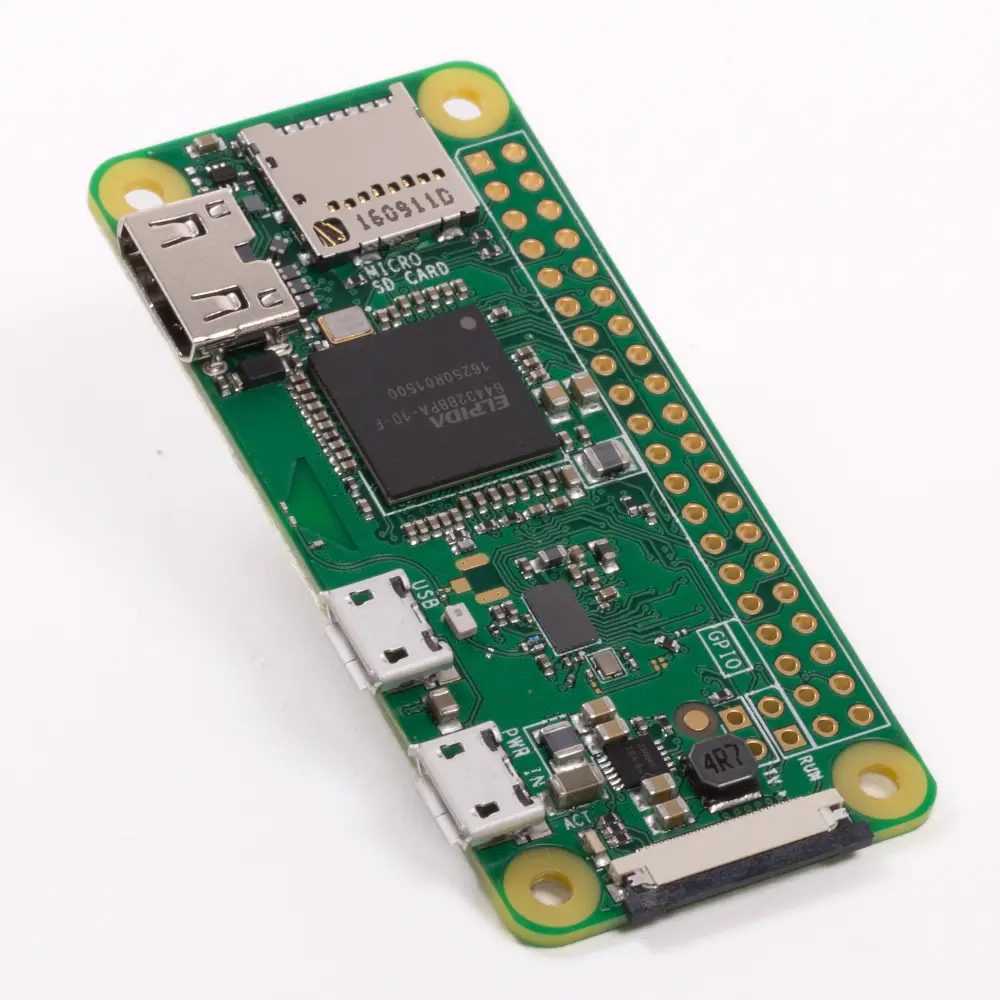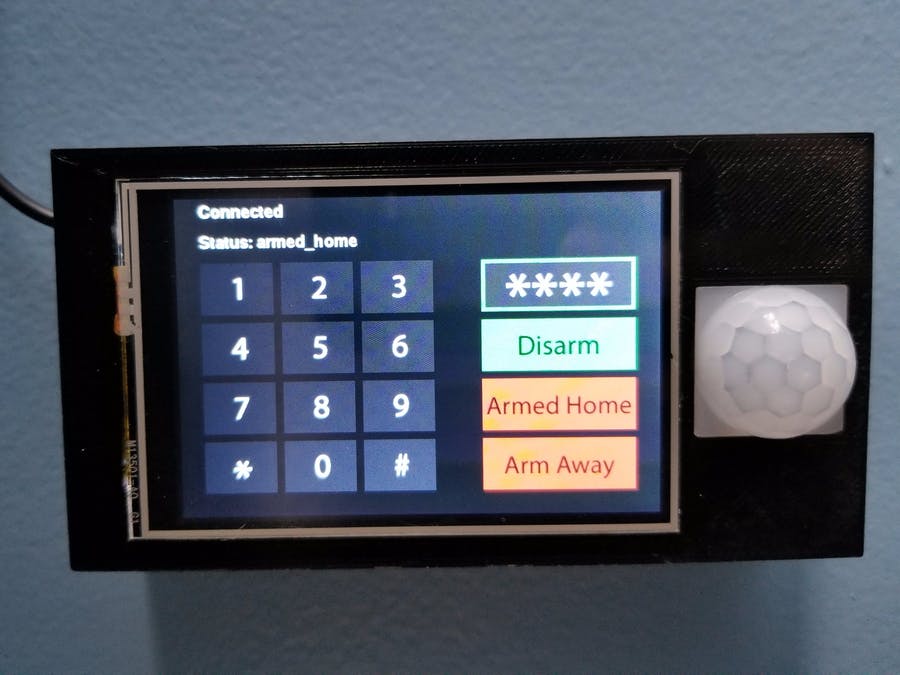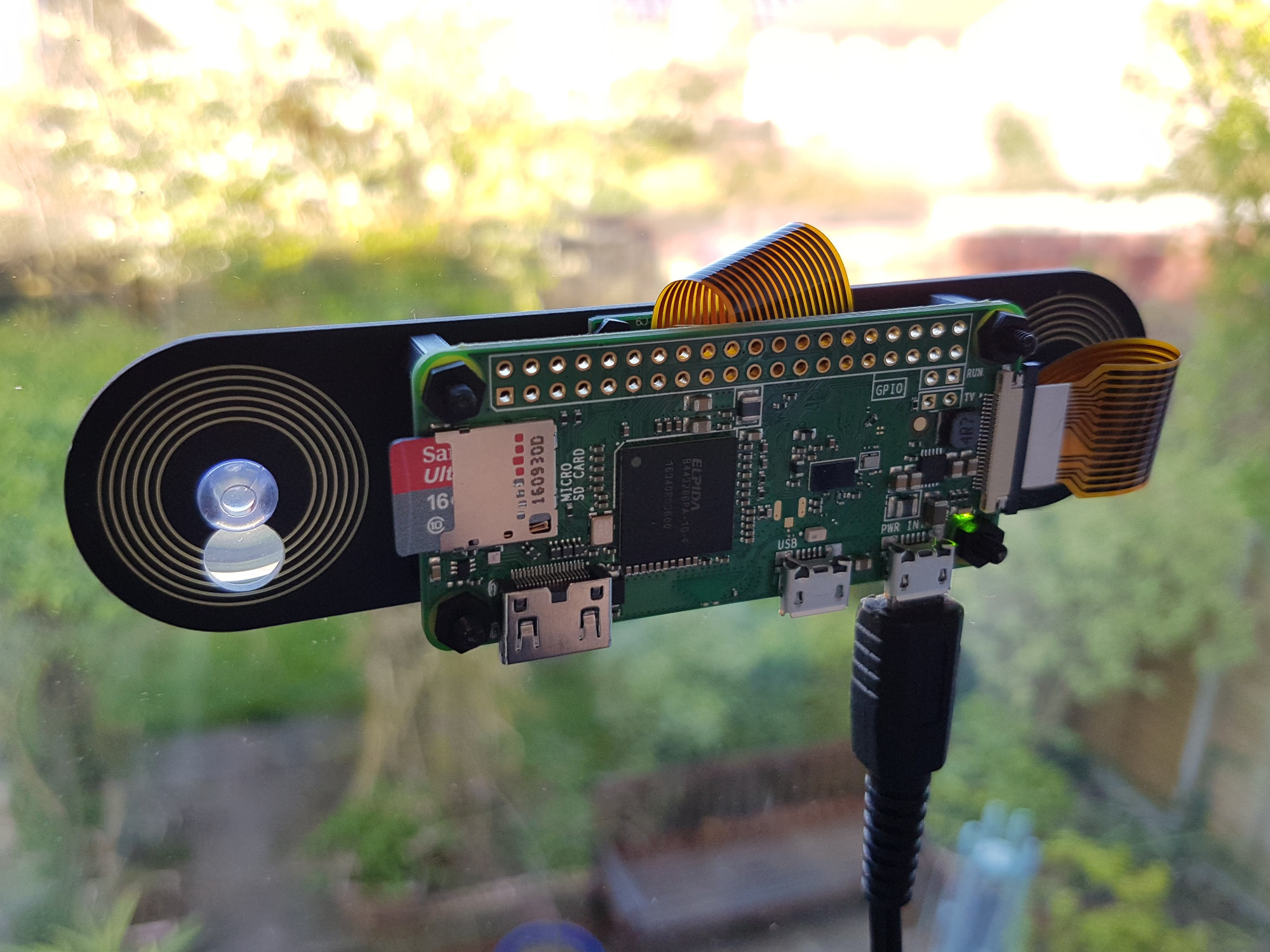

It’s convenient to have premade hardware I can flash with tasmota (a very nice custom firmware for MQTT support). They’re cheap and we’ll documented for hacking. I went the route of buying the esp based Sonoff smart switches. There is a list of Pico/RP2040 arduino libraries as well. The portable IDE instance can be zipped to an archive file and saved as a future-proof IDE snapshot in time.Īlmost all Arduino Libraries work with the Pico but sometimes a minor tweak or two is needed. You can install/upgrade/downgrade/delete boards and/or libraries at will. No annoying installer involved, no new directories created where you do not want them, all your environment and file type preferences remain untouched. It is available in a portable stand-alone version for either Windows or Linux (I don’t know about macOS). I have found one big advantage to using the Arduino IDE with any board. Your programs run faster and without the added bloat that comes with Python. Once that is done you compile your C/C++ source natively just like you would with any other supported board. To accommodate the Pico in the Arduino IDE, just like the ESP32/ESP32 boards (or any other board), you simply install a compatible Core. Posted in home hacks, Microcontrollers Tagged home automation, home-assistant, IoT, mqtt, Pi Pico W Post said: “Why load Arduino emulation on top of Raspberry pi pico hardware?” Another hack uses load cells under the bed legs to detect if someone is in bed or not, and if this isn’t your thing, maybe your idea of a home assistant is a bit more like this one?

It turns out we’ve covered HA quite a bit on these fair pages, like for example, these sweet automated window blinds. Once you’ve got the basic connectivity to your Home Assistant instance working, there are many code examples in the arduino-home-assistant GitHub page to give you a helping start to connect whatever tickles your fancy. Events and sensor data on the end-point are packaged up with MQTT and published out to the broker via the network provided, all for minimal initial effort.

Integration is provided by the arduino-home-assistant library, which acts as the bridge between your sensors and other widgets, MQTT, and thence the network beyond.

The project is based upon the arduino-pico core, which supports a whole pile of RP2040-based boards, so you don’t need to restrict yourself to the “official” Pico-W, so long as you have working networking, Wi-Fi or otherwise. If you’re looking for a hackable starting point something to deploy, learn about and then later expand upon, then look no further than the PicoW Home Assistant Starter project from. Many of us hacker types with some hardware knowledge and a smattering of embedded experience would like to get into home automation, but there can be quite a learning curve.


 0 kommentar(er)
0 kommentar(er)
